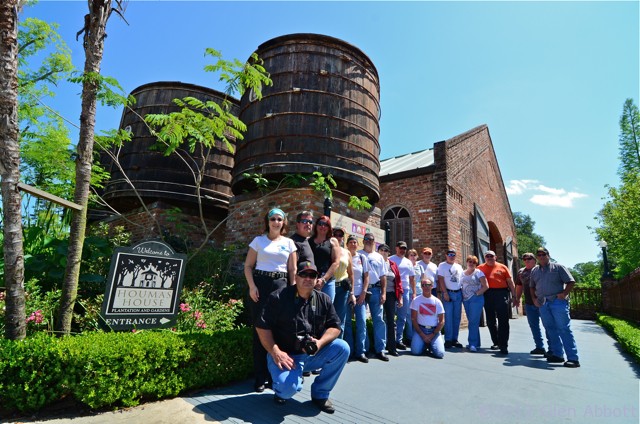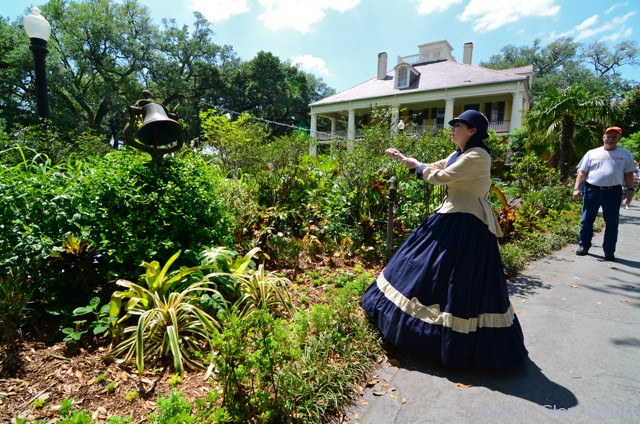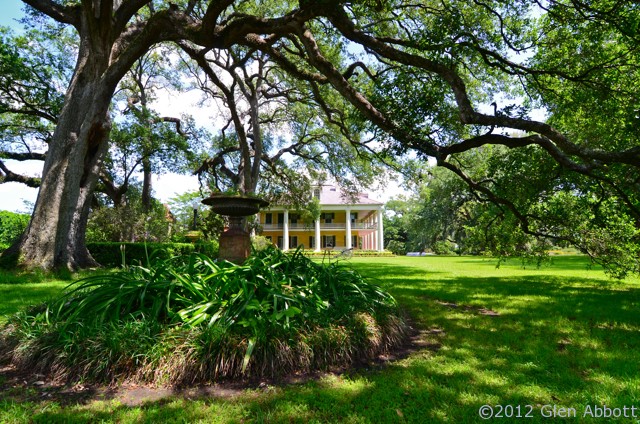In southern Louisiana, along the banks of the lower Mississippi, it’s always been about the cane and the ‘tane – sugar cane and octane, plantations and petrochemical plants.
While massive oil refineries are a relatively modern development, sugar provided the fuel that powered the economic engines of antebellum southern Louisiana. Before the Civil War, more millionaires per capita lived in this part of the state than anywhere in the country — hence the nickname “Millionaire’s Row” for the elaborate plantation houses lining the river.
 Of course, the early sugar barons built their empires on the backs of slave labor – brutally oppressing an entire race of human beings, which obviously resulted in unimaginable human suffering. Up to 300,000 slaves worked the state’s roughly 1,200 sugar plantations pre-Civil War.
Of course, the early sugar barons built their empires on the backs of slave labor – brutally oppressing an entire race of human beings, which obviously resulted in unimaginable human suffering. Up to 300,000 slaves worked the state’s roughly 1,200 sugar plantations pre-Civil War.
Many of the original plantations have disappeared due to the ravages of nature or neglect, but of those that remain, many have been painstakingly restored and are open for public tours.

I recently toured Houmas House Plantation and Gardens, about 60 miles west of New Orleans, with a group from the New Orleans Harley Owners Group (HOG). Riding west from the city on River Road, it’s a leisurely 1½-hour trip.
After a casual lunch at the plantation’s Café Burnside, we watched a short movie explaining the mansion’s history, and were summoned to the tour by a bell rung by our hoop-skirted tour guide, the good-natured and very knowledgeable Lori.

At its peak in the late 1800s, Houmas House Plantation produced 20 million pounds of sugar per year on its 98,000 acres of cultivated land (out of a total 300,000 acres), earning the name “The Sugar Palace.”
Its 21-room, Greek Revival-style plantation house was built between 1810 and 1840; an earlier, still-standing French Provincial-style home on the property was built in the 1770s after its owners acquired the land from the Houmas Indians.
 Houmas House was undamaged by the Great Mississippi River Flood of 1927, but much of the surrounding area sustained extensive flood damage, and subsequently the vacant plantation suffered from decay and neglect. Dr. George Crozat purchased the property in 1940, and began its first restoration.
Houmas House was undamaged by the Great Mississippi River Flood of 1927, but much of the surrounding area sustained extensive flood damage, and subsequently the vacant plantation suffered from decay and neglect. Dr. George Crozat purchased the property in 1940, and began its first restoration.
In 2003, Houmas House was purchased by New Orleans businessman Kevin Kelly, who began an extensive and historically accurate restoration. The mansion was returned to its 1840s glory and furnished with period antiques and art, some of which is original to the home.
Houmas House has been open for public tours since 2003. Visitors can tour the mansion and walk its tree-shaded, superbly landscaped grounds and gardens to get a taste of what life was like in Louisiana’s antebellum days, at least for a wealthy sugar baron.
So go ahead, hop on your HOG or fire up your four-wheeler for a road trip back to a time when sugar barons ruled the roost in Southern Louisiana.
The essentials:
Houmas House Plantation and Gardens
40136 Highway 942 (River Road)
Darrow, Louisiana 70725
Phone: 225-473-9380
Website: http://www.houmashouse.com/
Tours:
Mon. – Tues. 9:00 am – 5:00 pm
Weds. – Sun. 9:00 am – 8:00 pm
Admission: $20 adults; $15 per person for groups of 20 or more
Check out this Houmas House photo gallery:
[portfolio_slideshow]

I can understand the mixed feelings but I think it’s better to learn about the darker sides of history rather than forget they happened.
Agreed!
I would definitely have mixed feelings about visiting a plantation. But I think I’m going to try it when I visit Nashville next month.
I completly agree, Scott, it’s like they are monuments to exploitation. But on the other hand, you learn from the past – hopefully – and get some interesting historical perspective.
I lean back, take a vicarious ride on my imaginary HOG and go with you to visit this fabulous plantation mansion. If ever I set foot there, I might not be seen again for years.
You would love Louisiana, Inka — there are lots of spectacular plantations that are open for public tours.